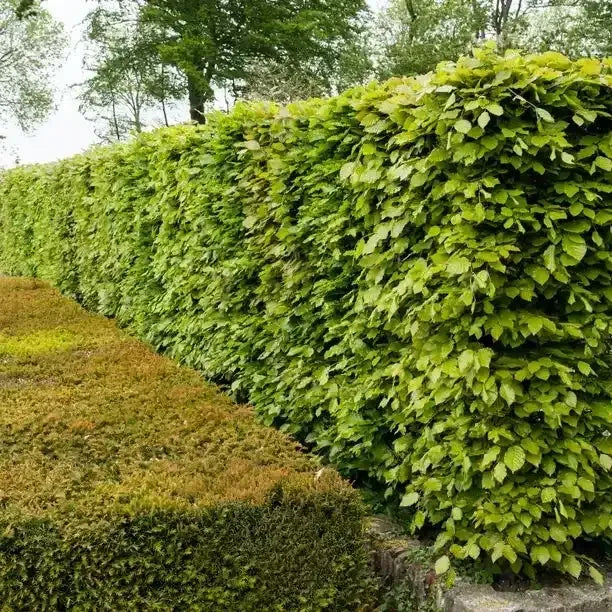Only 7 Left
Sold as:
Bulbs
from £11.95
Only 3 Left
Sold as:
Bulbs
from £16.95
Only 3 Left
Sold as:
Bulbs
from £5.95
Only 8 Left
Sold as:
Bareroot
from £24.99
16/10/2025
You can find all the native British trees listed here, and we grow and sell most of them.
True natives trees are often defined as:
Trees that colonised Britain during the time between the end of the ice age about 10,000 years ago and the formation of the Channel by the gradual expansion of ancient rivers, some thousands of years later.
Trees that came after the Channel had formed are generally called Naturalised.
This list includes all the native woody plants.
Although Britain has many native trees, there are effectively no endemic trees, i.e. trees that are native here and nowhere else.
If all the trees in Britain were destroyed tomorrow, the world would not lose a single distinct species.
The small exception is a handful of asexual micro-species of Whitebeam, Sorbus aria.
These apomictic plants are cheating in order to be unique: they naturally occur in Whitebeam populations around the world, and each strain barely counts as a distinct species only because they reproduce by cloning.
They are otherwise the same as normal Whitebeam, so they are not of any special importance to an ecosystem.
A cultivar is a cultivated variety of a species (read more about plant botanical names), so a nativar is a cultivar of a native species.
For example, Acer campestre is the native British field maple.
Acer campestre has several cultivars, which are also nativars in Britain, even if they happened to have been bred in another country:
If a non-native plant is bred into a cultivar in the UK, it’s just a normal cultivar, not a nativar.
Overall, native species are better for wildlife than cultivated varieties.
In many cases, there will be no measurable difference, but when there is you’ll invariably find that wild native species are better for insects, and therefore everyone else in the food chain, than their cultivated forms.
